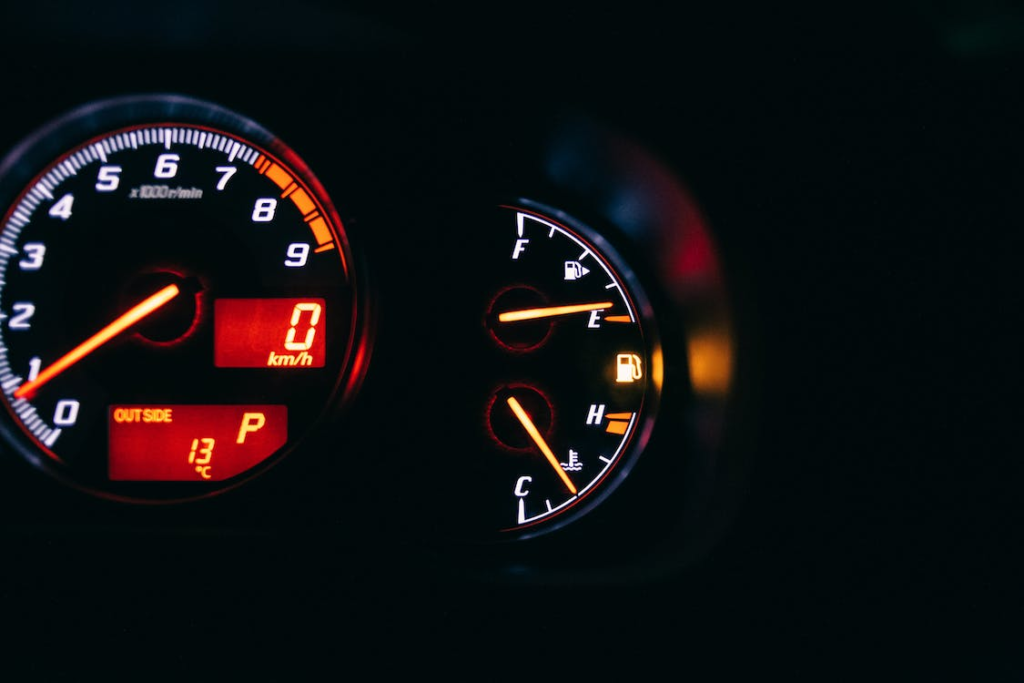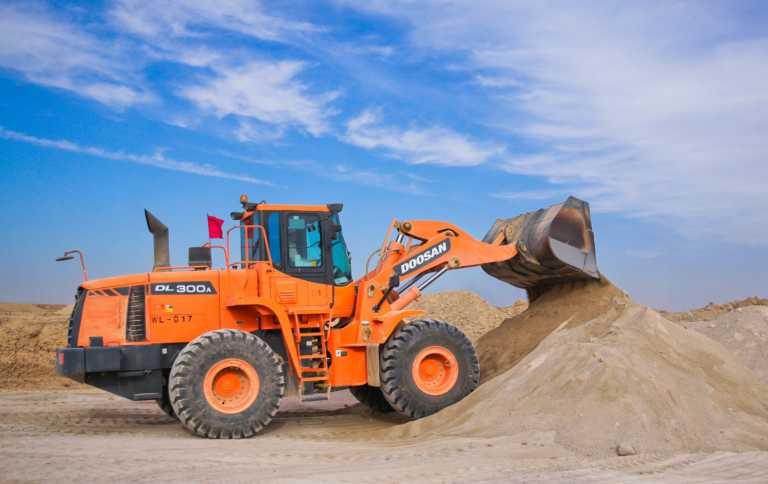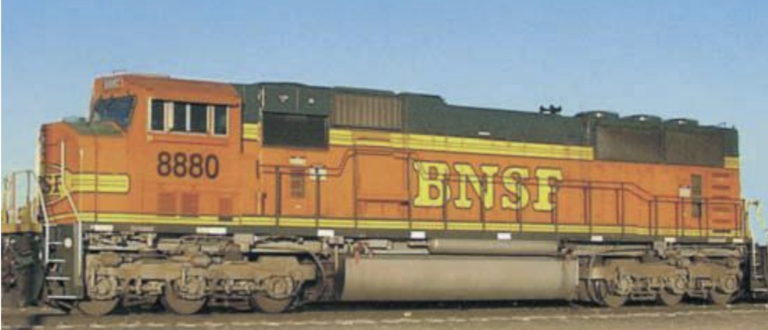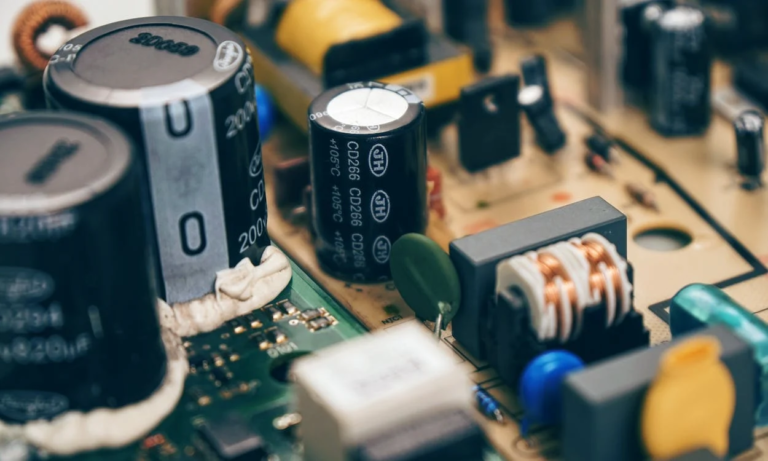A Deep Dive into Cruise Control
Today I’m going to talk about something really cool: cruise control systems in cars. You know, those buttons on your steering wheel that let you set a speed and then relax your foot from the gas pedal? Yeah, those ones. But do you know how they work and what they can do? Well, buckle up because I’m going to give you a deep dive into the operation and functionality of cruise-control systems.
Understanding the Basics
Imagine this: you’re cruising down the highway, wind in your hair, and not a care in the world. That’s what cruise-control is all about—keeping your speed consistent without constantly adjusting the gas pedal.
Cruise-control is a feature found in some vehicles that allows the driver to maintain a constant speed without needing to keep their foot on the accelerator. The onboard computer controls the vehicle’s speed. Additionally, most cruise control systems allow you to adjust your speed using buttons. It’s like having a personal driving assistant.
How to use cruise control
To engage cruise-control, you usually activate the system by pressing buttons on your steering wheel. You can then set your desired speed, adjust it within the system, and deactivate it when needed. This feature allows you to maintain a constant speed even when you’re not pressing the accelerator. On lengthy journeys, cruise control can help reduce driver fatigue. Moreover, it can aid in preventing speeding and improving fuel efficiency by minimizing unnecessary acceleration and braking.

When to use Cruise Control?
Cruise-control is most effective during extended journeys on expansive, straight highways, such as interstate highways, where vehicles are maintaining a relatively steady pace. It is not suitable for use in stop-and-go traffic, inclement weather conditions like snow, ice, or heavy rain, or on narrow, winding roads with frequent changes in speed limits. Disengaging cruise control in these scenarios could require significant time and attention, potentially leading to accidents.

Does cruise control work at any speed?
For safety reason most systems do not work below 30 mph (48 km/h).
Components of a Cruise Control System
A typical cruise-control system consists of several components working together. You’ve got the vehicle speed sensor, which detects how fast you’re going. Then there’s the control module, the brain of the system that keeps the vehicle at the desired speed. The actuator adjusts the throttle to control the speed, while the user interface allows you to set and modify the cruise control settings.

There are also various sensors on the steering wheel, brake and clutch (on in manual car) which will disengage the system incase the driver needs to take control of the vehicle again.
Understanding the Operation of Cruise Control
But how does it all come together? Let’s break it down step by step. First , let’s imagine we’re going on a virtual road trip. We activate cruise control by pressing a button a switch. Now, here’s the fun part: we set our desired speed, let’s say 65 miles per hour. Once we reach that speed, the speed sensor kicks in and starts monitoring our vehicle’s velocity.
As we cruise along, the control module takes over, making sure our speed stays constant. It continuously adjusts the throttle, opening and closing it as needed, to maintain that desired speed (constant feedback loop). It’s like having an invisible hand gently controlling the gas pedal for us.

But what if we need to slow down or speed up? No worries! Most cruise control systems allow us to make adjustments without deactivating the system. If we need to slow down, we can tap the brakes or use the “Cancel” button to temporarily disengage cruise control. Once we’re at the desired speed again, we can reactivate it with a simple button press.
Cruise Control vs. Adaptive Cruise Control
Regular cruise-control maintains a constant speed but doesn’t take into account the traffic around us. On the other hand, adaptive cruise-control is like having a smart companion. It uses sensors to detect the distance to the vehicle in front of us and automatically adjusts our speed to maintain a safe following distance. It’s a great feature for those highway drives with heavy traffic.

Tips and Considerations for Using Cruise Control
Of course, as with any technology, there are some tips and considerations to keep in mind when using cruise control. First and foremost, always stay attentive and be ready to take control of the vehicle when necessary. Cruise-control is fantastic, but it doesn’t replace our responsibility as drivers. It’s also important to be mindful of the road conditions. If it’s raining heavily or the road is icy, it’s best to turn off cruise control and rely on manual driving.
Does cruise control save fuel?
Well, it depends on the road and your driving style but Generally speaking, yes it does help. If you’re on a flat highway with little traffic, cruise-control can keep your speed steady and avoid unnecessary acceleration and braking which can result in an average of 7-14% increased fuel economy. But if you’re on a hilly or curvy road, or in heavy traffic, cruise control can actually waste more fuel by trying to maintain a constant speed. So, the best way to save gas is to use cruise control wisely and adjust your speed according to the road conditions.

Advantages and Dissadvantages
Cruise-control systems offer several advantages, particularly during long drives on highways and sparsely populated roads. They help reduce driver fatigue by maintaining a steady speed and allow for safer changes in seating position. Some drivers use cruise-control to avoid unintentionally exceeding speed limits, thus promoting safer driving habits and potentially reducing the risk of speeding tickets. Additionally, these systems can enhance fuel efficiency by maintaining a constant speed, which can lead to cost savings over time.
However, there are several disadvantages to consider when using cruise control. In hazardous weather conditions, such as ice or snow, using cruise-control can be dangerous. If the vehicle skids, cruise control may continue to accelerate, increasing the risk of losing control. Cruise-control can also be problematic when approaching curves that require slowing down, as it may not adjust speed appropriately.
Moreover, on rough or loose terrain, the system may struggle to maintain control. Another drawback is that relying on cruise control can encourage drivers to pay less attention to the road, increasing the risk of accidents. Finally, there is a risk of SUA (Sudden Unintended Acceleration) with cruise control, as drivers with their feet at rest may lose spatial perception and accidentally hit the accelerator instead of the brakes in a traffic emergency.
Conclusion
In conclusion, cruise-control systems are an incredible innovation for long drives. They keep our speed consistent, save us from sore feet, and enhance our overall driving experience. Whether you’re embarking on a cross-country adventure or just cruising around town, cruise-control is your trusty sidekick. So, buckle up, activate cruise-control, and let the road be your playground!





